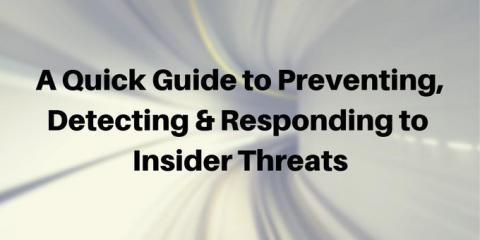World Password Day: Using a Passphrase to Strengthen Your Security
Human nature has shown that people re-use passwords, at least for non-work accounts that aren’t requiring quarterly changes. How can it affect your current security that you’ve reused an old password from 2012? Surprisingly, quite a lot.







